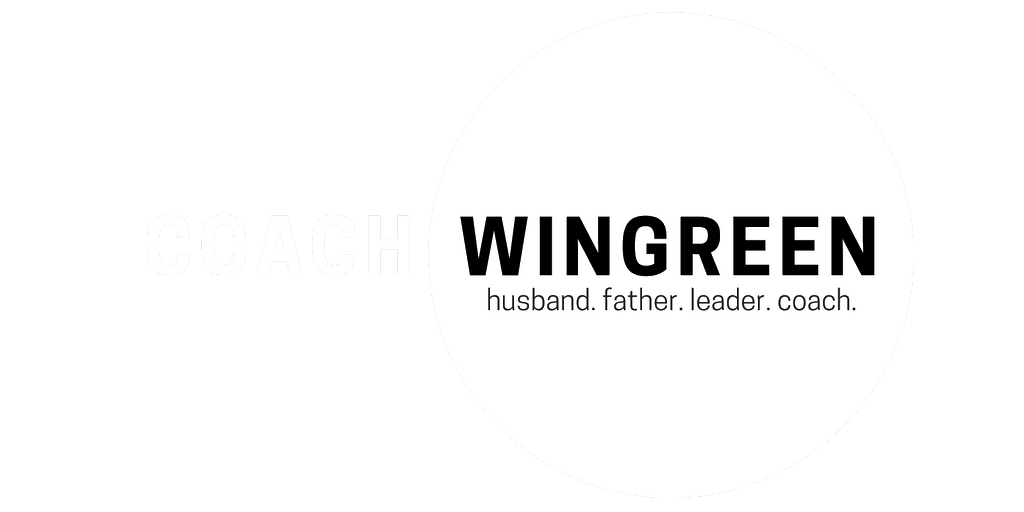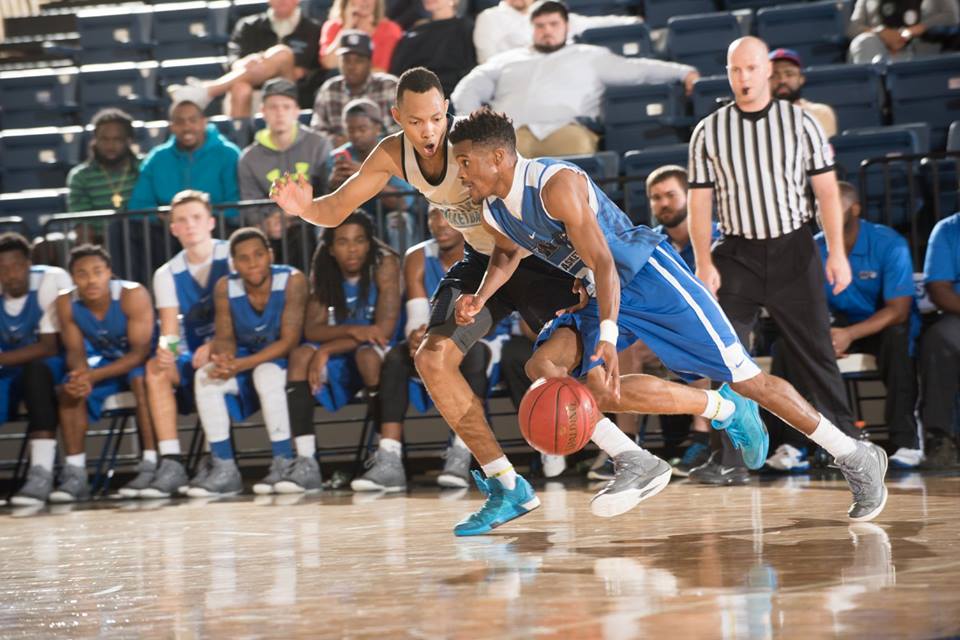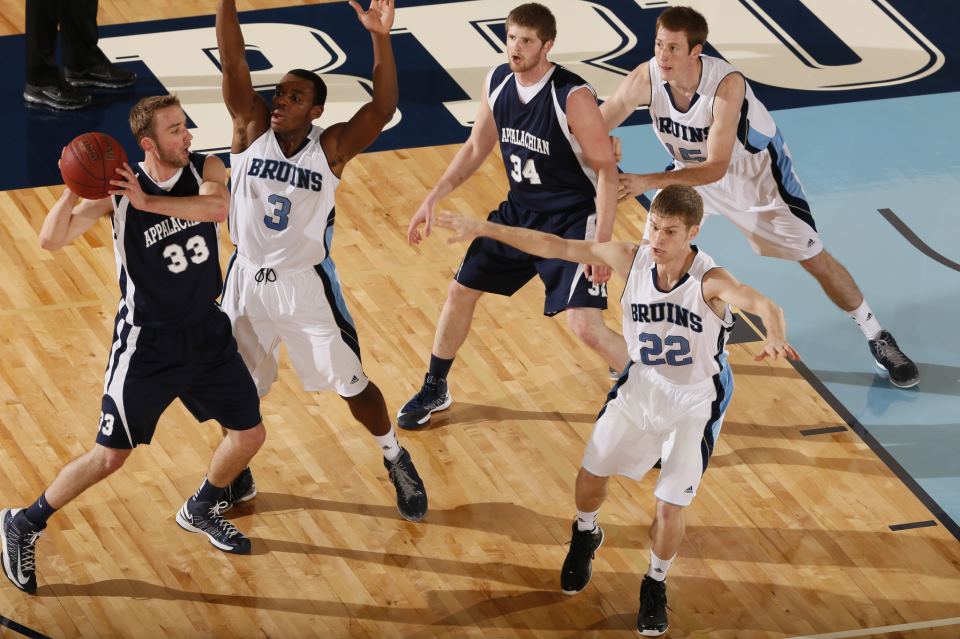In the article, Factors to Successful Pack Line Defense, I briefly wrote about characteristics that make our Pack Line defense successful for our program at Bob Jones University. I would like to take each of those factors and go more in depth with them.
PRESSURE THE BALL!
Contrary to what many believe, pack line defense is an intense & high pressure strategy when executed correctly. The tone we set in our half court defense begins and ends with the type of pressure we place on the ball handler.
- Hand-On - When teaching on-ball pressure to our team we often use the term "hand-on," referring to the distance between the defender and the ball handler. We stress the importance of making an offensive player uncomfortable handling the ball while invading his bubble.
- Voice Pressure - To apply pressure at the highest level while establishing a factor of intimidation, we urge our players to deploy voice pressure. Not only does this increase the level of intensity, but it deters a ball handler from performing at his peak level.
- Jump Up, Jump Back - We use this terminology when analyzing the options of the offensive player. Anytime a ball handler picks up his dribble or brings the ball above his head, we will "jump up" or "wall up" by decreasing the amount of space between the two players. Our hands will be high and we will not let them make an easy pass. Anytime a ball handler brings the ball low and threatens to drive we "jump back." When jumping back, we always keep a hand-on the ball and we keep our legs loaded, ready to move. In both techniques, it is crucial to have active hands and feet.
EXPLODING TO GAPS
As off-ball defenders, one pass away, we will be in the gaps. The purpose of the gap defender is to build a wall and give his teammate that is pressuring the ball, the trust and confidence he needs to do his job,
- Build a Wall - If you are the offensive player thinking about driving, you should see two defenders on either side of the man guarding you. The purpose of the wall is to crush any hopes and dreams that the ball handler may have of driving past his man. If he somehow gets past his man, the gap defenders are right there to shut it down.
- Explode to Pack - Many times after our man has the ball and passes it away, players tend to ease up and think their job is finished. False! In fact, it has just begun. An immediate instinct that needs to take place is to jump to the ball and back into the pack line. Our goal should be to take away front cuts and discourage the new ball handler from attempting a drive.
- Trust & Confidence - We stress the importance of communication in our program and there is no better time to communicate than on the defensive side of the floor. As a gap defender it is your duty to make sure your teammate knows that you have his back. A simple and effective way to do this is by calling his name, giving him information, and doing so with an urgent and confident tone of voice (Read N.I.T.E. - Keys to Great Communication). For example, "Ray! I have your gap left! Pressure the ball, Ray! I'm here in your gap left!" By communicating in this manner, you are giving your teammate the trust and confidence he needs to pressure the ball to the best of his ability!
OBTAINING LEVERAGE ON CLOSEOUTS
Closeouts may be the most important skill involved in pack line defense. Because of the gap positioning and the "no paint" philosophy, it can be very easy to leave shooters open. However, we expect our players to give ultimate effort when closing out on shooters. As you can see from the next main point (do not get beat outside!) we need to obtain leverage, or get the proper angle when we closeout.
- Sprint - This one makes sense. If we need to get out on shooters, you need to sprint!
- Chop Your Feet - To maintain balance and the ability to defend the drive, we want our last 3-4 steps to be short and choppy. By doing this we allow our players to breakdown a player that wants to catch and drive right away.
- Throw Hands Up - This is something that many players do not do for some reason. It is essential that we throw our hands up at the last second to alter a shooter's focus and make him second guess his shot.
- Voice Pressure - As in on-ball defense, we want to closeout with voice pressure. Science has proven that loud noises will ruin a person's focus.
- Gain Leverage - We do not want to ever get beat outside, so it is essential that we closeout with our feet and body positioned in a way that will allow us to level off players on the drive (see next point).
DO NOT GET BEAT OUTSIDE!
Every day we work on "leveling off" the ball handler. Is is not wise to tell your players to "force middle" when playing pack line. Just because we don't want to get beat outside doesn't mean we are forcing middle. Instead, it means we need to level off the ball handler to an area on the floor that we want them to go.
- Level Off - When a ball handler tries to beat us on a drive to the outside (sideline or baseline) we need to push them to a point on the floor. On drives from the wing we practice forcing the ball handler to the corner of the floor. On baseline drives from the corner we plant our foot on the baseline, no closer to the basket than the short corner area. The ball handler's only option should be to make a move back to the middle where our gap help is, or to pick up his dribble.
- Just Do It! - A lot of people ask, "Well what do you do if you do get beat? How do you rotate?" That is the million dollar question, but the simple answer that we need to ingrain in our players minds is DON'T GET BEAT! LEVEL THEM OFF! JUST DO IT!




